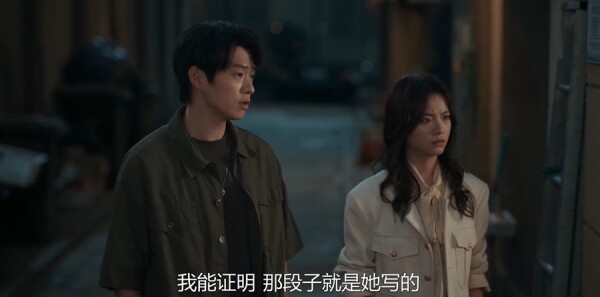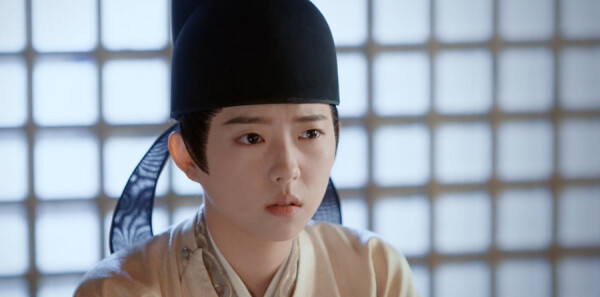幸福的建筑《其实 你要的幸福与建筑无关》
- 书评
- 2023-03-26 15:09:27
- 49
我的感觉是,如果带着寻找洞见去读这本英伦通才所写的建筑散文集,心情会比较焦躁。初翻,觉得主命题还好,用happiness衡量建筑好坏。然而其泛泛解读所涉及的子因素,风格,美德,品味,自然,理想化,时代性,赏析建筑案例时不外乎随意得选取一二,着力处缺乏智性的深思熟虑,诗意而幽默的灵感即使闪现,在这么广博复杂的话题面前,总是不够四两拨千斤的。
发现德波顿挖了很多浅坑,但在哪里miss the point。所以受其架势的诱惑,读的时候会情不自禁地质疑where is its significance?
所以,随便看看就好。
转一篇卫报的书评。
《A punch in the façade》
Jonathan Glancey
The Guardian Saturday 29 April 2006
We meet John Ruskin early on in Alain de Botton's tantalising book on ideas of what makes a beautiful building how architecture affects us and how architects might shape buildings that increase our chances of happiness. De Botton quotes him describing the basilica of St Mark's Venice as "a Book of Common Prayer a vast illuminated missal bound with alabaster instead of parchment studded with porphyry pillars instead of jewels and written within and without in letters of enamel and gold".
Ruskin matters because he looked at architecture and described it with great honesty. There was no la
De Botton does raise important if familiar questions concerning the quest for beauty in architecture or its rejection or denial yet from beginning to end one is left with the feeling that he needs a choir of earlier authors to walk him across the daunting threshold of Architecture itself. These range from Epictetus a first-century Stoic philosopher and St Bernard of Clairveaux to Sigmund Freud Rainer Maria Rilke and Ludwig Wittgenstein who famously designed and built a rather difficult house for his sister Gretl in Vienna.
His approach to the subject is essentially literary - he appears to see buildings mostly through texts - so he is given to making extraordinary claims. "Architecture is perplexing ... in how inconsistent is its capacity to generate the happiness on which its claim to our attention is founded." I have looked long and hard at the bricks stones and concrete of the Ziggurat of Ur Albi Cathedral Stuttgart railway station and even the pilgrimage chapel by Le Corbusier at Ronchamp and found no promise of happiness in any of these great buildings. If architecture's capacity to generate happiness is inconsistent this might be because happiness has rarely been the foundation of architecture.
My examples are monuments. What about houses? Here is De Botton: "Not only do beautiful houses falter as guarantors of happiness they can also be accused of failing to improve the characters of those who live in them." But why should they? What is beautiful is not necessarily good. Many of the most beautiful houses in history designed by architects have been commissioned by monstrous or simply not very nice people. Unabashed De Botton suggests that: "The ob
De Botton appears to live a refined and rather precious world of his own but one he imagines to be inhabited by other people - his "we" - who feel the same way about architecture and life as he does. "Touring cathedrals today" he observes surprised by the numinous interior of Westminster Cathedral "with cameras and guidebooks on hand we experience something at odds with our practical secularism ..." Again who are "we"? Roman Catholics devout Jews Muslims Hindus Buddhists Bible-thumpers?
Significantly when discussing the break-up of classical notions of architectural beauty in the late 18th century citing the example of Stawberry Hill Horace Walpole's playful Middlesex villa De Botton lists "the factors which fostered the Gothic revival - greater historical awareness improved transport li
Throughout De Botton conflates literary ideas and values with those of architecture. Wedged into a window seat on a jet to Japan he "turns to The Pleasure of Japanese Literature (1988) by the American scholar Donald Keene" who "observed that the Japanese sense of beauty ... has been dominated by a love of irregularity rather than symmetry the impermanent rather than the eternal and the simple rather than the ornate. The reason owes nothing to climate or genetics ... but is the result of the action of writers painters and theorists who have actively shaped the sense of beauty of their nation." Yet even the most exquisite Japanese architecture has been shaped as much by the danger of earthquakes a poverty of buildable space and by a historic paucity of building materials as by art.
De Botton has not really written a book about architecture. He never once discusses the importance of such dull yet determining matters as finance property development planning laws politics economic fluctuations much less inventions such as the lift or steel or reinforced concrete or computer-aided design. He appears to believe that architects are still masters of their art when increasingly they are cogs - burnished yet by the legacy of Borromini Brunelleschi and all the greats - in a global machine for building in which beauty and how Alain de Botton feels about it is increasingly irrelevant.
本文由作者笔名:小小评论家 于 2023-03-26 15:09:27发表在本站,文章来源于网络,内容仅供娱乐参考,不能盲信。
本文链接: http://www.w2mh.com/show/56122.html
 小小评论家
小小评论家






















